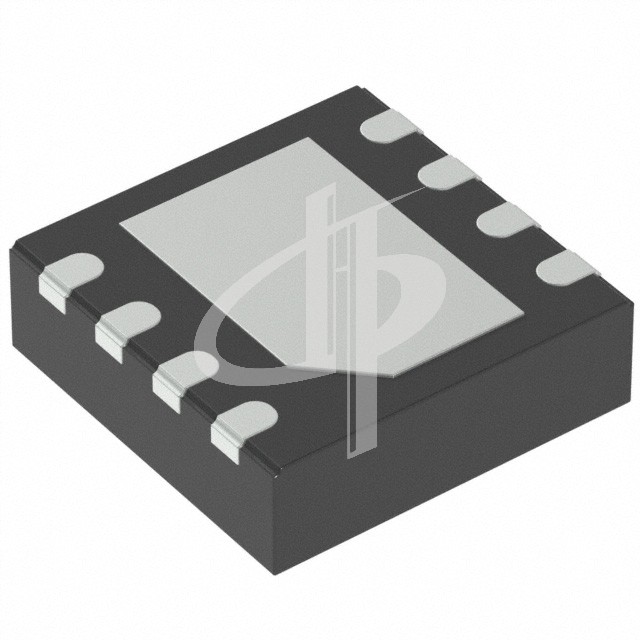The TCAN1051HDRBRQ1 is a high-speed CAN (Controller Area Network) transceiver IC manufactured by Texas Instruments. The device is designed specifically for use in automotive and industrial applications to facilitate robust and reliable communication within a CAN bus network. Here are details on its working principles, functions, and typical applications:
Working Principles:
The TCAN1051HDRBRQ1 acts as an interface between the CAN protocol controller (typically a microcontroller) and the physical CAN bus. It regulates the transmission of data and signals, ensuring adherence to the CAN protocol's electrical and signaling standards. This includes managing differential voltage signaling for noise immunity, bus arbitration, and error detection and handling.
Functions:
-
High-Speed Data Transmission: The TCAN1051HDRBRQ1 supports high-speed CAN communication up to 5 Mbps, enabling rapid data transfer within the network.
-
Differential Signaling: The transceiver manages differential signaling, which ensures robustness against electromagnetic interference (EMI) and noise, critical for reliable operation in automotive and industrial environments.
-
Bus Fault Protection: It provides protection features to help prevent damage to the transceiver and the connected nodes in the event of a bus fault, contributing to the robustness and reliability of the overall system.
-
Low Electromagnetic Emissions: The IC is designed to emit low electromagnetic radiation, complying with EMC (Electromagnetic Compatibility) requirements to prevent interference with other systems.
-
Thermal Protection: It may include thermal protection features to guard against overheating and to ensure reliable operation within a wide temperature range.
-
Power Efficiency: Designed for low power consumption, making it suitable for automotive and industrial systems where power efficiency is crucial.
-
ESD Protection: The transceiver includes built-in electrostatic discharge (ESD) protection, safeguarding the device from damage due to static electricity discharges.
Applications:
-
Automotive Systems: The TCAN1051HDRBRQ1 is frequently used in automotive systems, such as engine control units (ECUs), body control modules, transmission control units, and other electronic control modules to facilitate communication between various subsystems within the vehicle.
-
Industrial Control Systems: It is deployed in industrial automation and control systems, such as programmable logic controllers (PLCs), manufacturing equipment, and process control systems, to enable reliable communication between different nodes in the network.
-
Telematics and Infotainment: Integrated into telematics systems, infotainment units, and diagnostic tools within vehicles, providing the means for communication between various vehicle systems and external diagnostic equipment.
-
Industrial Communication Networks: Utilized in various industrial communication networks, including machine-to-machine (M2M) communication, factory automation systems, and industrial sensor networks.
-
Commercial Vehicle Systems: Deployed in commercial vehicles for systems such as on-board diagnostics (OBD), electronic control systems, and data logging applications.
-
Agricultural and Construction Equipment: Found in agricultural machinery, construction equipment, and off-road vehicles for communication within the vehicle's electronic systems.
-
Energy and Power Systems: Integrated into smart grid systems, energy management equipment, and power distribution systems for reliable communication and control.
Additional Considerations:
When implementing the TCAN1051HDRBRQ1 in a system, it's essential to consider factors such as bus load, termination, power supply requirements, as well as EMI/EMC considerations to ensure compliance with industry standards and regulations. Proper PCB layout, transient protection, and system-level testing are critical to ensuring reliable and robust performance in automotive and industrial environments. Additionally, integration with the overall system architecture and firmware/hardware design must be carefully planned to ensure seamless communication and system reliability.




